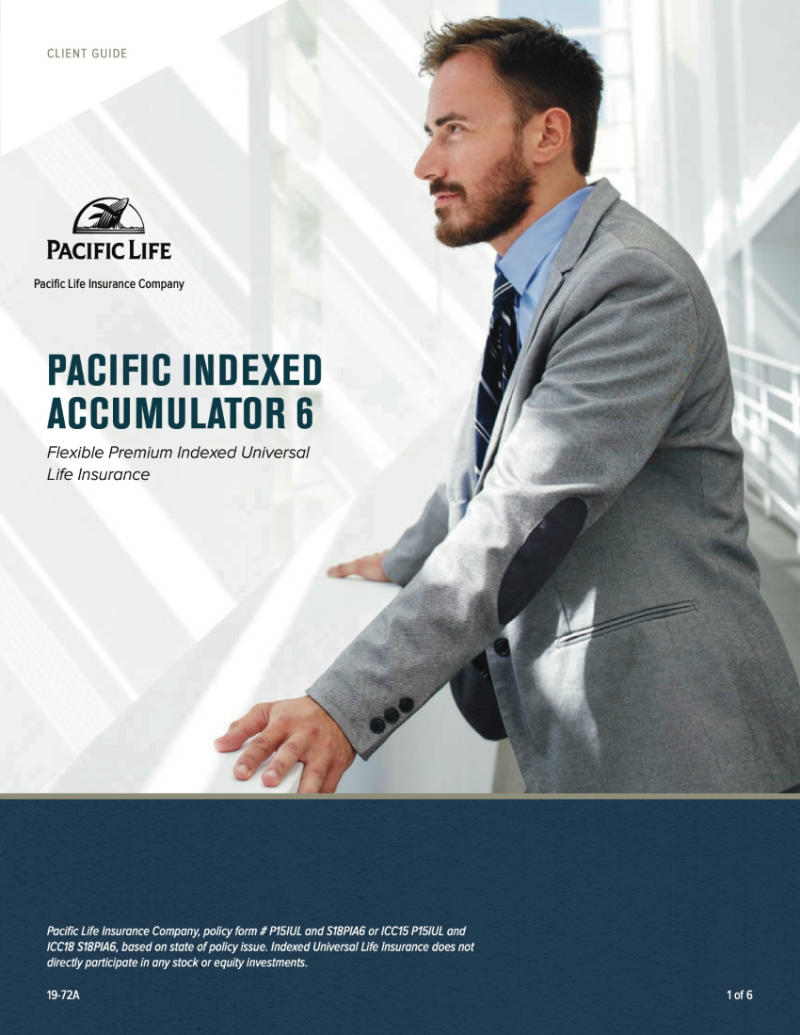

This will be a positive impact for members, and clients can work with their PBM on communication plans, if any are determined to be needed. At a minimum, clients should ask their PBM for an impact analysis including estimated increase in plan cost and associated member impact. If a group is impacted, determine their approach for managing implementation of the legislation.Clients with a CAAP in place should engage with their PBM and/or their legal counsel to determine if their plan is impacted by copay accumulator laws, if they have not already.Proposed Next Steps and Additional Copay Accumulator Considerations: Self-funded clients who are subject to ERISA: leave programs in place until they are instructed to remove it (by client or by law).Sunset only for those currently impacted by the legislation: fully-insured clients and self-funded non-ERISA clients, either in applicable states or for all states.

Sunset for everyone: all clients, in all states.Pharmacy benefit managers (PBMs) and plan sponsors may manage copay accumulator programs in a few different ways, depending on the complexity of their business model: Effective dates for compliance with these new copay accumulator laws vary, ranging from J(Tennessee), to January 1, 2022. These regulations generally apply to fully-insured plans as well as self-funded plans that are not subject to ERISA. Similar copay accumulator laws are currently pending in several other states. The annual cost impact to the payer with such programs (self-funded plans, insurers) varies depending on the plan size and mix of medications eligible for copay assistance.Īs of July 2021, Arizona, Arkansas, Connecticut, Georgia, Illinois, Kentucky, Louisiana, Oklahoma, Tennessee, Virginia, West Virginia, and Puerto Rico have enacted legislation prohibiting copay accumulator programs. Copay accumulator programs, in effect, extend the amount of time it takes for a patient to reach their deductible and OOP limit, thereby reducing the plan sponsor’s coverage until such cost-sharing is met. These programs seek to reverse the impact of manufacturer cost sharing assistance for prescription drugs (primarily specialty drugs) by not counting the manufacturer assistance amount towards a patient’s deductible and out-of-pocket (OOP) maximum obligations. JULY 2021 – Recently, several states have passed legislation that prohibits the use of copay accumulator adjustment programs (CAAP), or accumulator adjustment programs.


 0 kommentar(er)
0 kommentar(er)
